National Electric Vehicle Policy (NEVP) and Government Subsidies for EVs: India’s Ambitious 2025 Push
The National Electric Vehicle Policy (NEVP), along with
government subsidies, is reshaping India’s journey toward sustainable mobility
in 2025. If you’re curious about how these policies are driving change,
encouraging manufacturers, and putting electric vehicles within reach for
millions, this blog dives deep into the latest developments, incentives, and
real-world impact.
The NEVP: A Game-Changing Vision
India’s NEVP marks a strategic pivot aiming to transform the
country into a global hub for electric vehicle manufacturing and
innovation. The policy aligns with national goals—achieving net zero
emissions by 2070, reducing oil imports, improving air quality, and enshrining
“Make in India” as a pillar for next-gen automotive growth.
- Key
Objectives:
- Attain
30% EV penetration in total vehicle sales by 2030.
- Reduce
dependence on imported fuels and cut carbon emissions.
- Promote
domestic manufacturing through major investment incentives.
The NEVP is not just about incentivising buyers—it’s
engineered to build an entire ecosystem with supportive infrastructure,
R&D, workforce development, and global investment.
Major Schemes Powering EV Adoption
A. FAME (Faster Adoption and Manufacturing of Electric Vehicles)
- FAME-I
ran from 2015 to 2019, followed by FAME-II (2019–2024), each supporting
direct buyer incentives and commercial transit upgrades. FAME-II alone had
a swath of Rs 11,500 crore in budgetary allocation, making EVs more
affordable for mass adoption.
B. PM E-DRIVE Scheme (2024–2026)
- Launched
in October 2024, the PM Electric Drive Revolution in Innovative Vehicle
Enhancement (PM E-DRIVE) Scheme is the new flagship, subsuming earlier
FAME incentives.
- Eligibility: e-2 Wheelers (private
& commercial), e-3 Wheelers (rickshaws, carts), e-ambulances, e-buses,
e-trucks, and charging infra upgrades.
- Fund
Support: Rs
10,900 crore targeting nearly 2.9 million vehicles and massive
infrastructure expansion.
- Battery
Tech: Incentives
extend only to EVs with advanced batteries, pushing technology adoption.
- Example
Incentives: For
e-2Ws, subsidies of Rs 5,000 × battery kWh, up to 10% of ex-factory price
(with Rs 1.25 crore cap for certain commercial vehicles). E-buses get up
to Rs 4,391 crore in subsidies.
C. SPMEPCI (Scheme to Promote Manufacturing of Electric Passenger Cars in India)
- Approved
in March 2024, this scheme fosters homegrown manufacturing, encourages
global EV-makers to set up real production in India, and enables reduced
import duties (from 70%+ to just 15% for qualifying CBUs).
- Investment
Mandate: Global
automakers must invest Rs 4,150 crore minimum, with a rising percentage of
local components—25% made in India within 3 years, 50% within 5 years.
- Results: This level of commitment
is positioning India as a leading destination for high-tech EV
investments.
State-Wise Subsidies: Boosting Local Adoption
Beyond
national incentives, Indian states offer tailored subsidies and perks:
- Delhi: Up to Rs 1.5 lakh subsidy,
plus waivers for registration and road tax.
- Maharashtra: Up to Rs 2.5 lakh, with a bonus for scrapping old ICE vehicles.
- Madhya
Pradesh: New
2025 policy offers up to Rs 10 lakh on select EVs.
- Gujarat
& Karnataka: Up
to Rs 1.5 lakh, plus permit and parking waivers.
- Other
Perks: Many
states provide extra benefits for commercial fleets, local manufacturing,
and early-bird buyers.
Charging Infrastructure, Guidelines and Future Prospects
- The
Ministry of Power rolled out new guidelines for the installation and operation
of EV charging stations in September 2024, supporting rapid expansion in
office complexes, cities, highways, and residential blocks.
- Charging
infrastructure is a core focus, with substantial support allocated for
public and private installation grants.
How to Claim Subsidies and Who Can Benefit?
- Eligibility: Most central and state
subsidies require buying certified vehicles during the scheme period and
choosing models with advanced batteries.
- Commercial/Fleet
Priority: Commercial
vehicles, public transport, and delivery fleets gain extra benefits;
however, private buyers are also eligible for major subsidies and perks.
NEVP Impact: Market Shifts and Clean Mobility
- Sales
Growth: EV
sales jumped from 50,000 in 2016 to over 2 million units by 2024, marking
sustained momentum.
- Market
Attraction: India
is attracting global automakers and startups, expanding job opportunities
and stimulating R&D.
- Environmental
Benefits: Each
new EV on the road replaces a polluting petrol or diesel vehicle, directly
contributing to cleaner air.
Conclusion
With NEVP, FAME, PM E-DRIVE, SPMEPCI, and strong state-level
support, India is rapidly closing the gap between aspiration and reality on
electric mobility. Whether you’re a consumer, manufacturer, or innovator, the
scope of government subsidies and policy incentives in 2025 makes this the best
time to be part of the electric revolution.
Check your local schemes, explore certified models, and watch
for frequent updates—India’s electric future is accelerating.
References: Policy details and schemes are up to date as of
August 2025, based on official notifications, NITI Aayog reports, and
government portals.
![]() ALSO READ:
ALSO READ:
![]() TATA EV CHARGING STATION FRANCHISE COST
TATA EV CHARGING STATION FRANCHISE COST
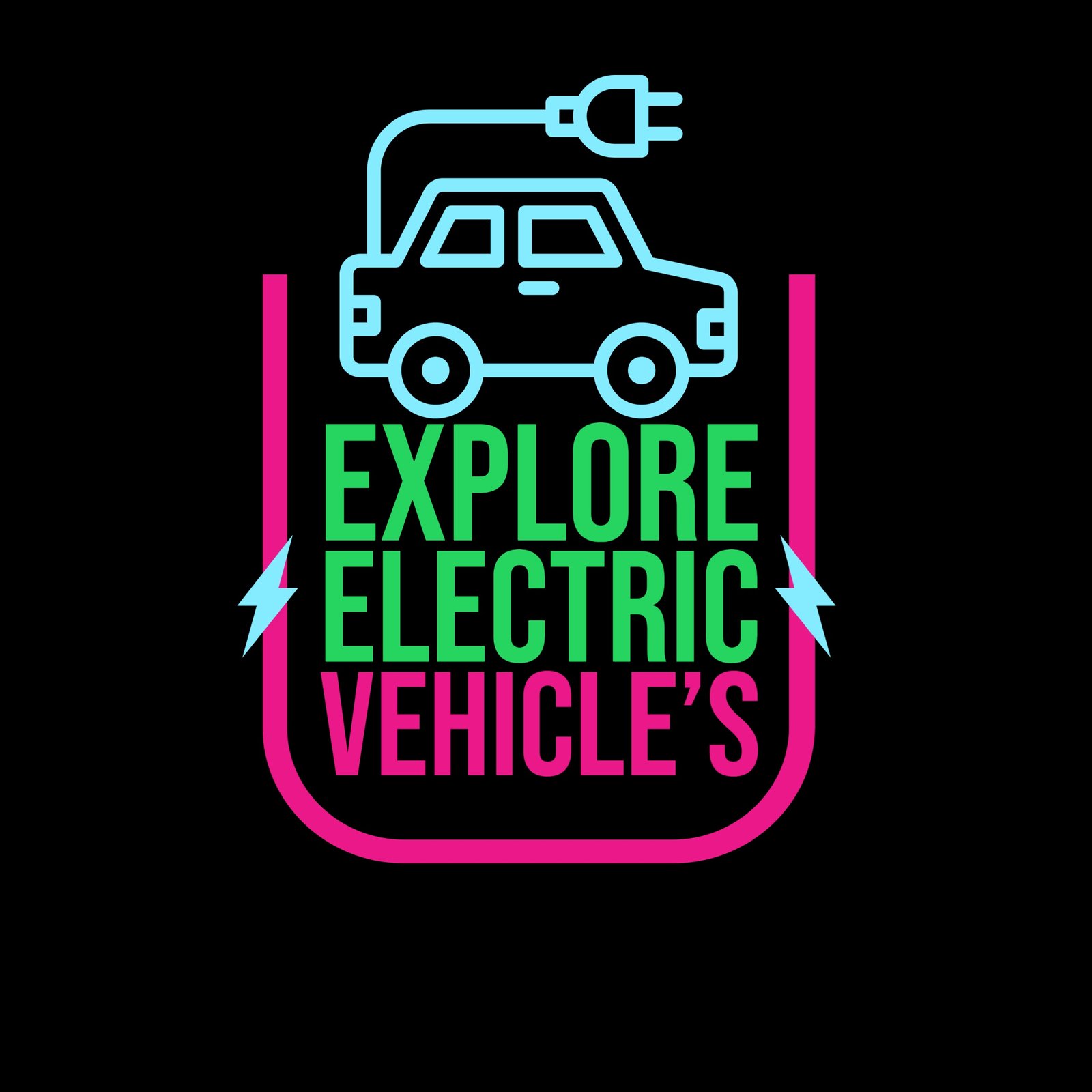



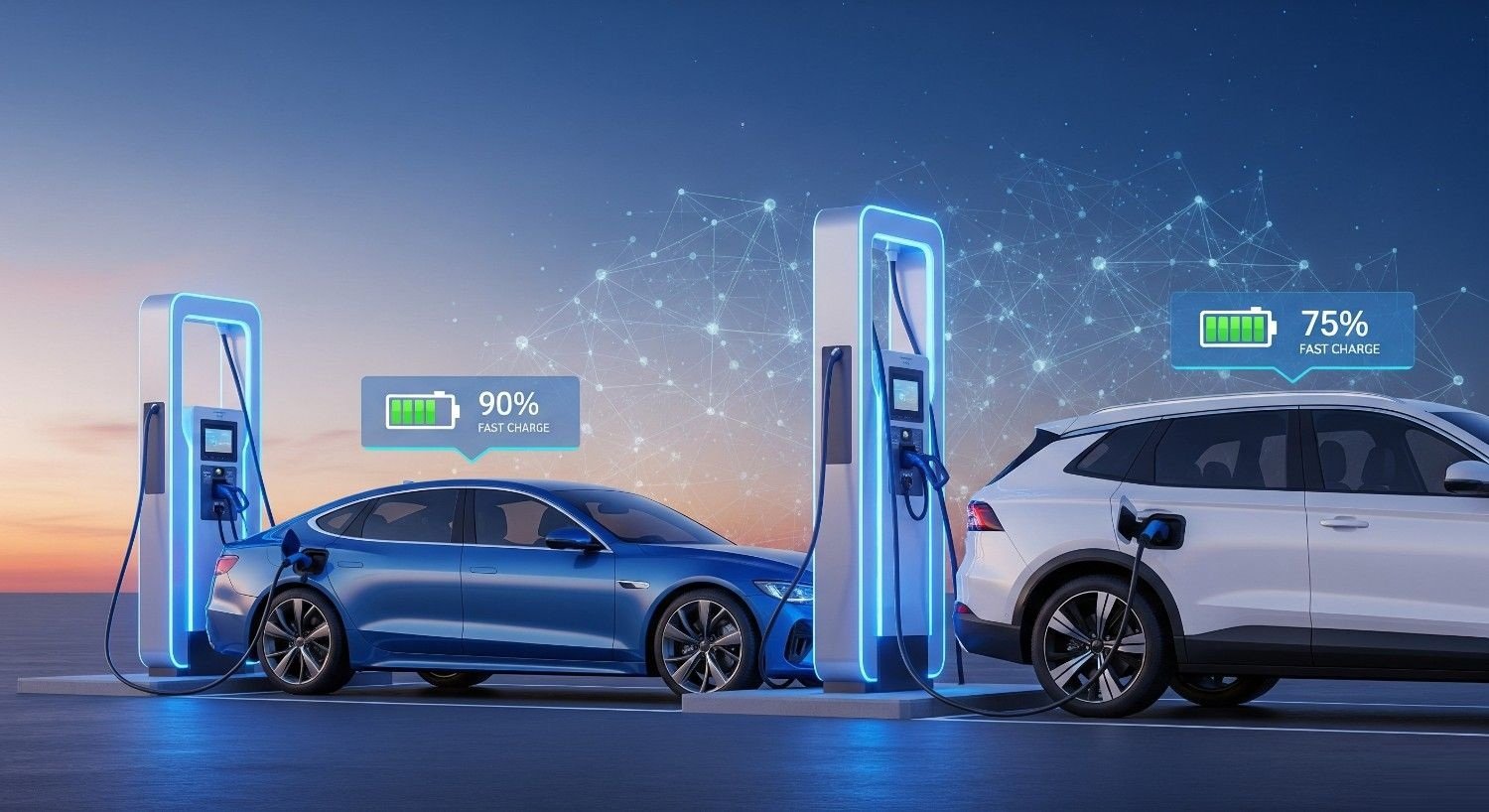



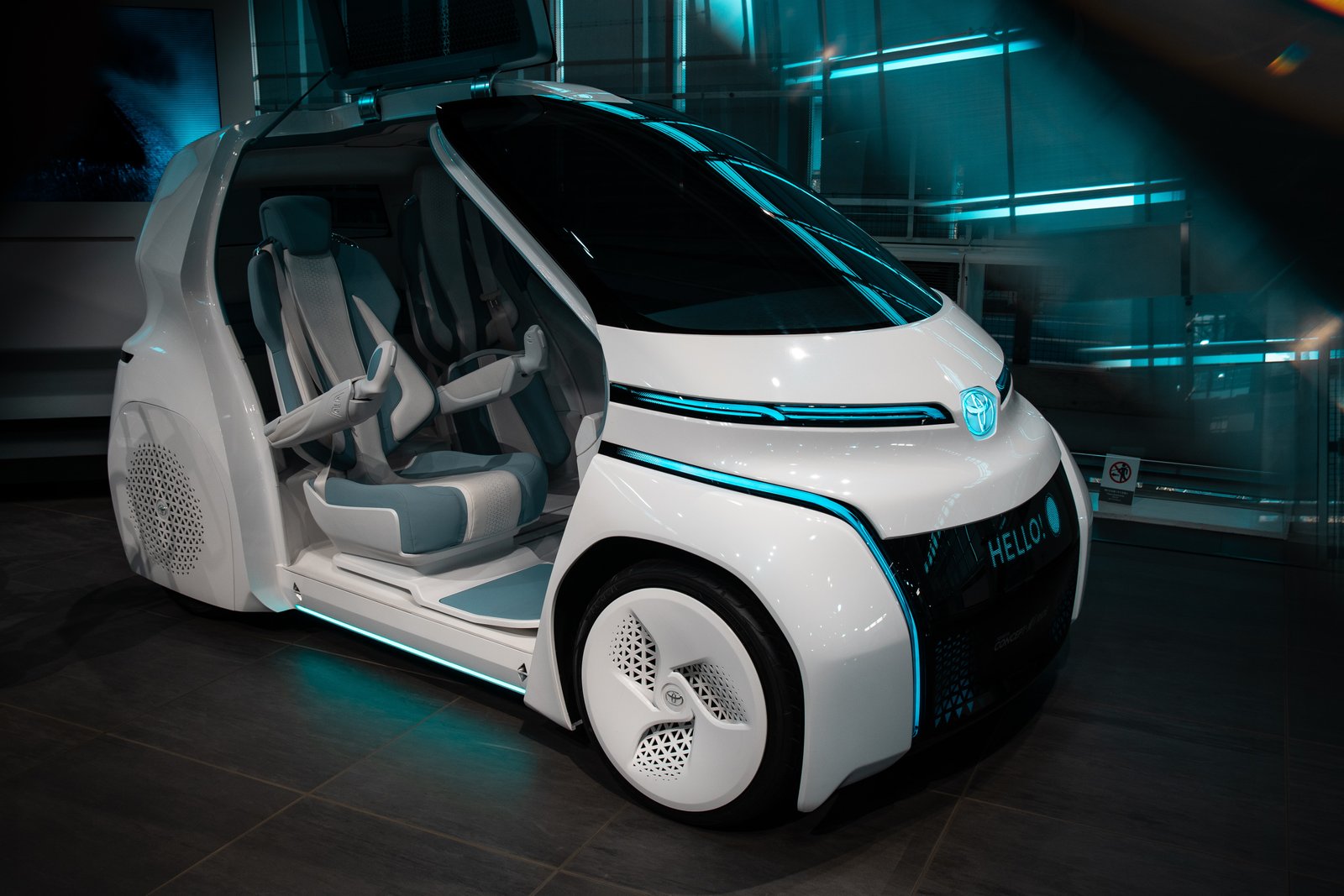
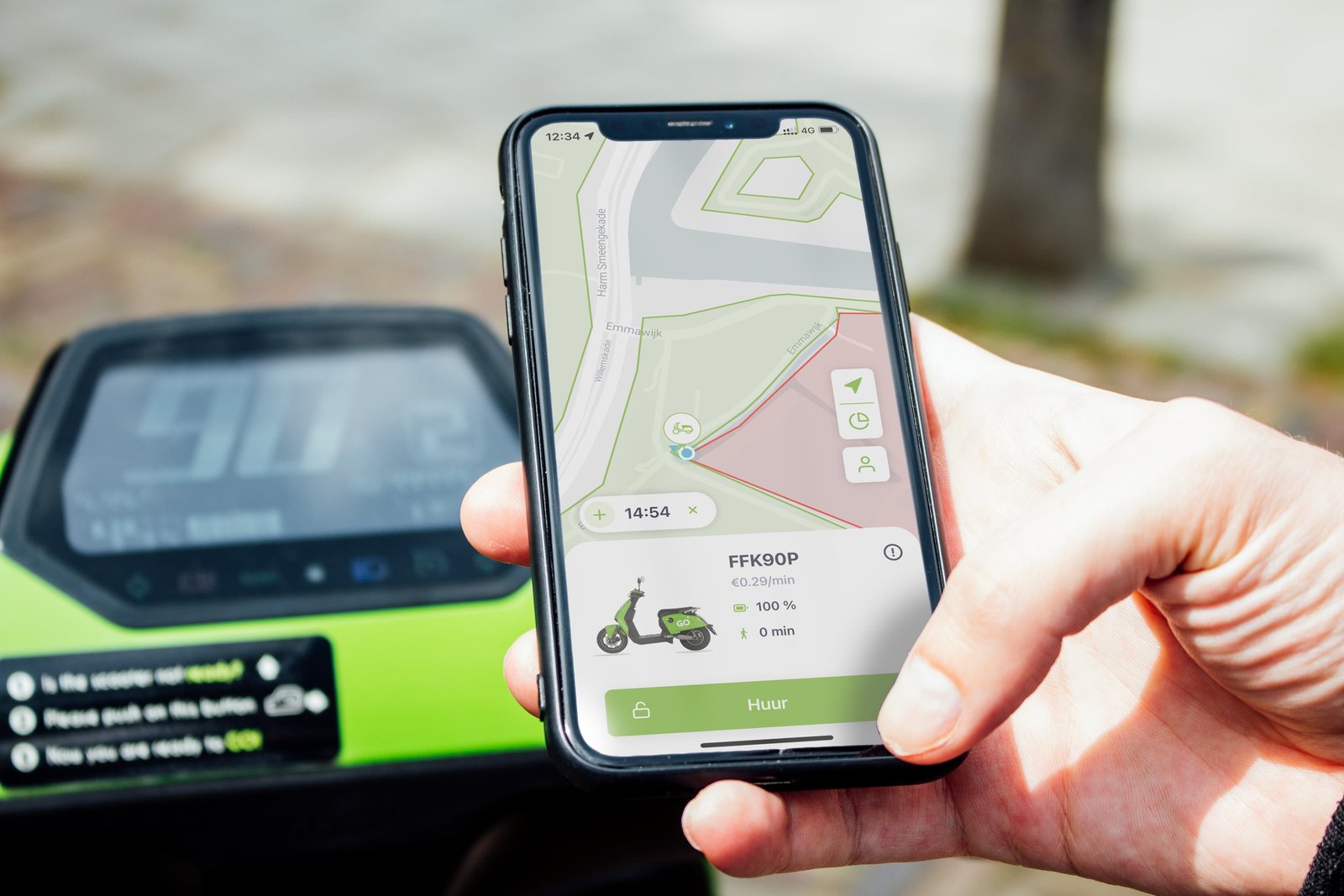
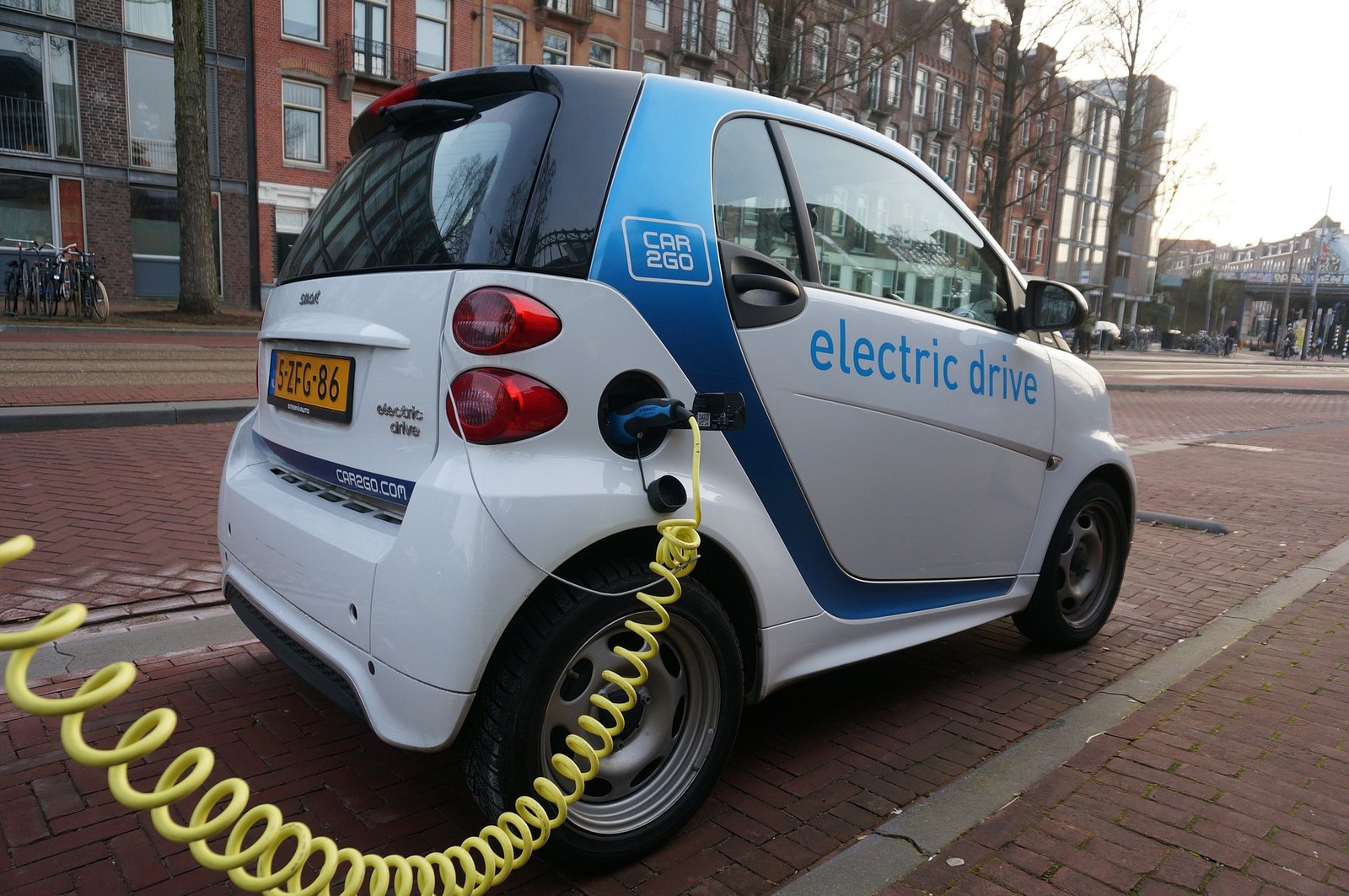

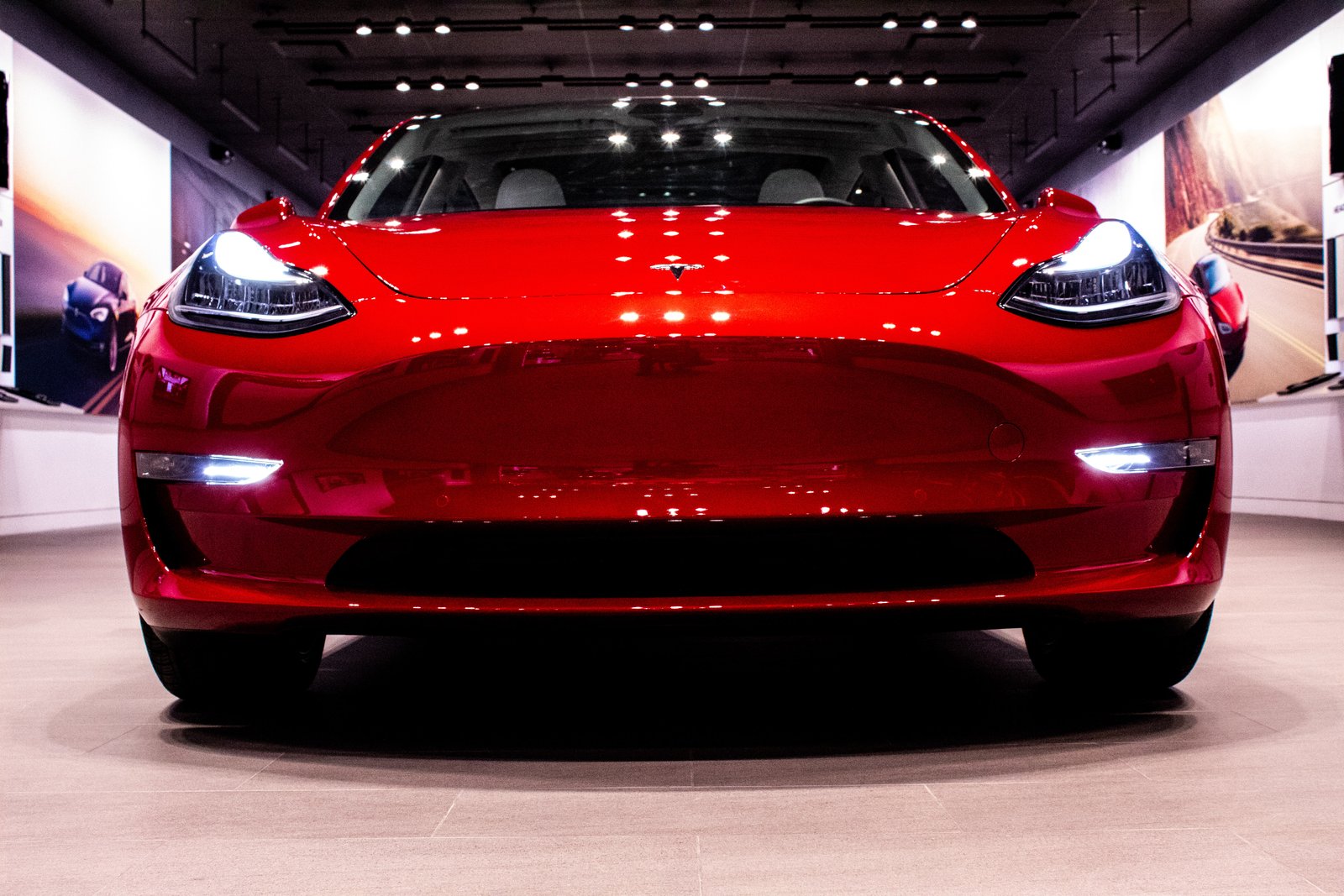
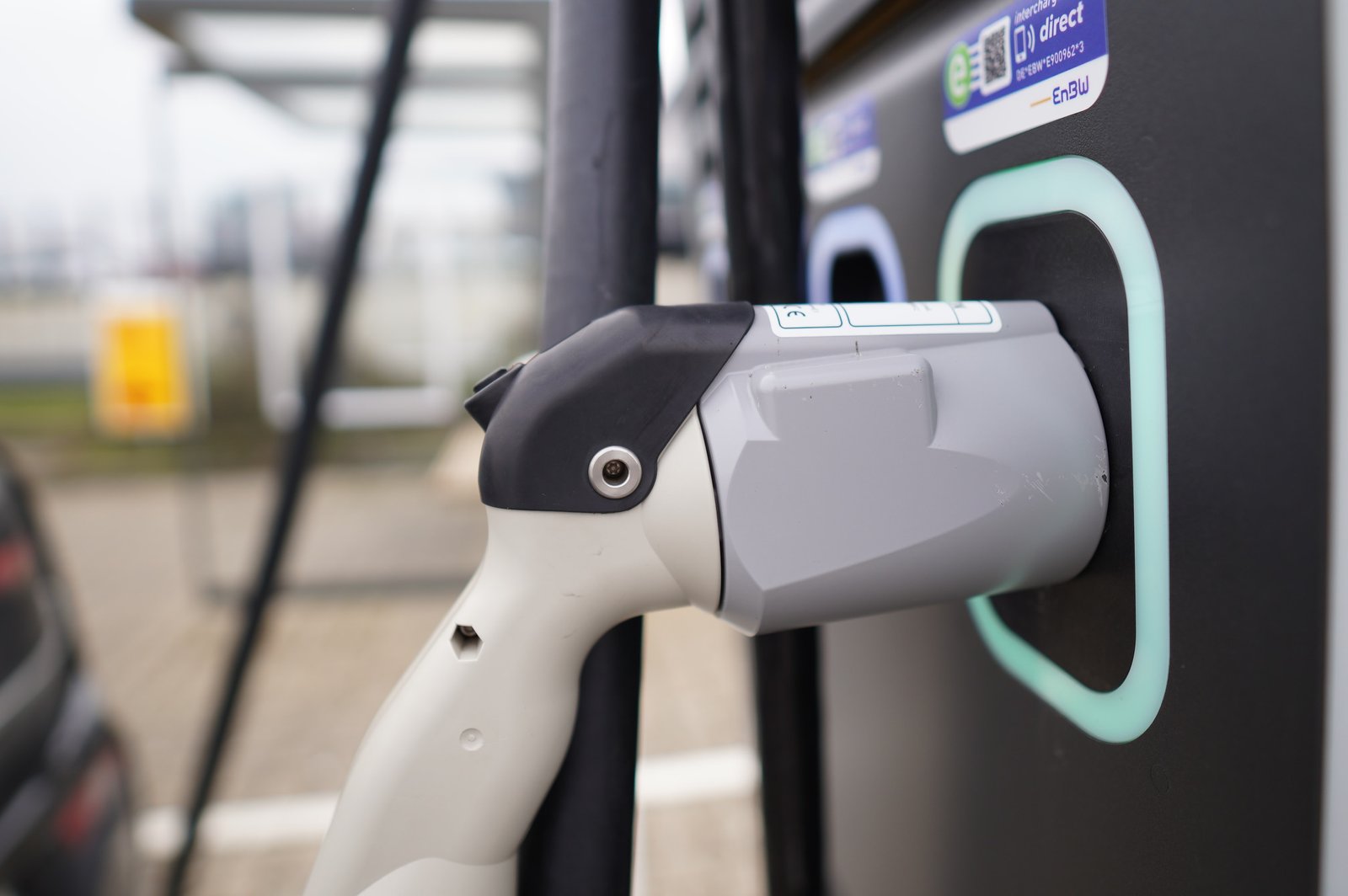

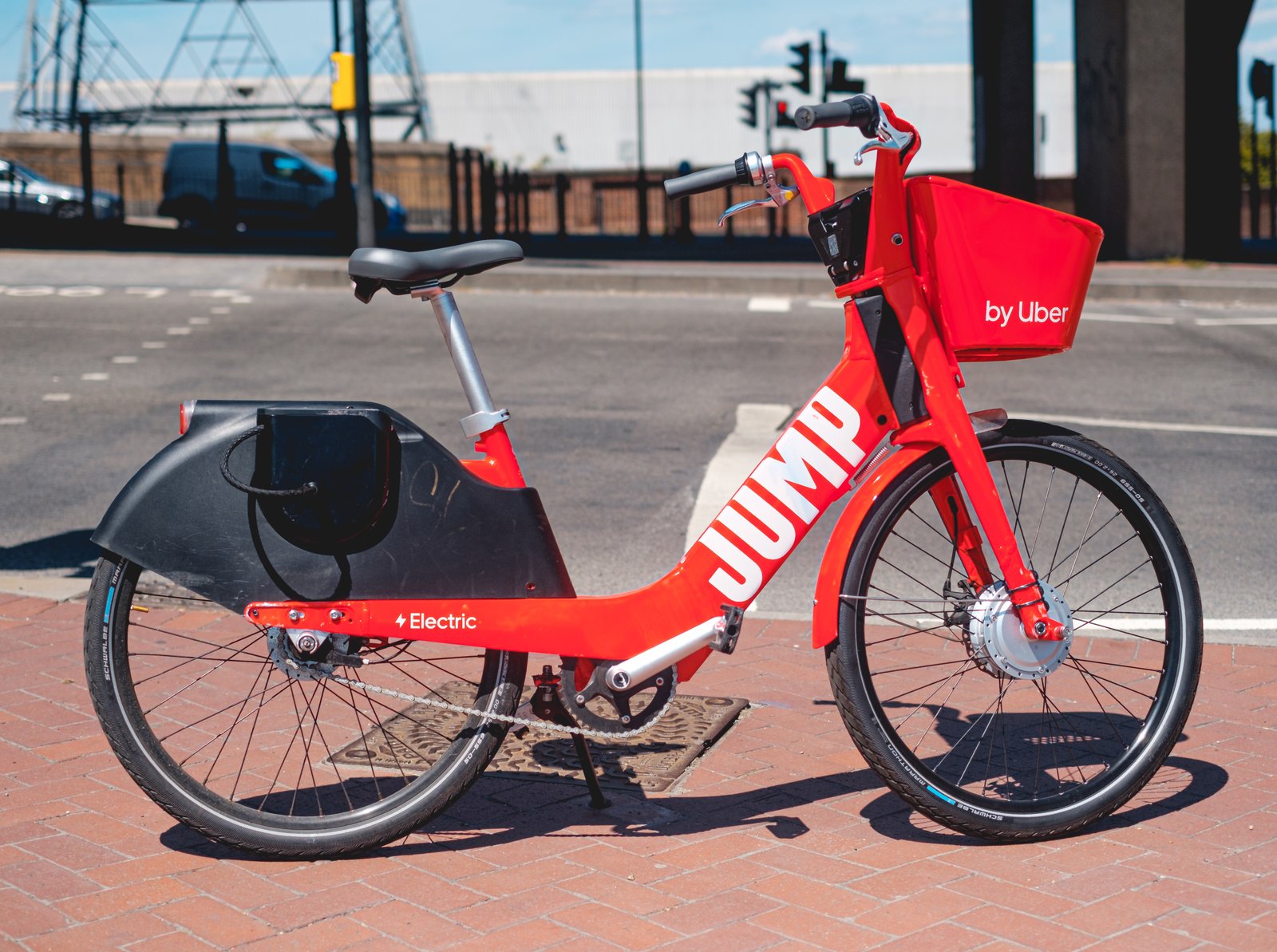
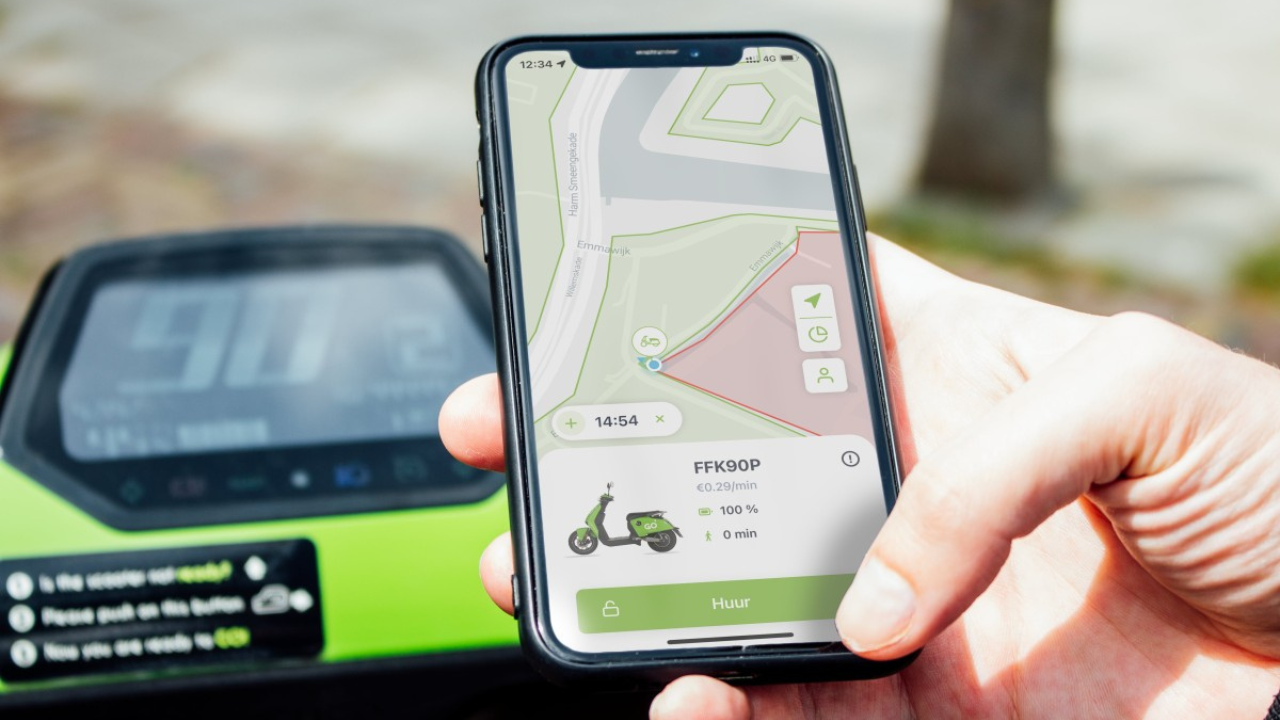
Leave a Comment